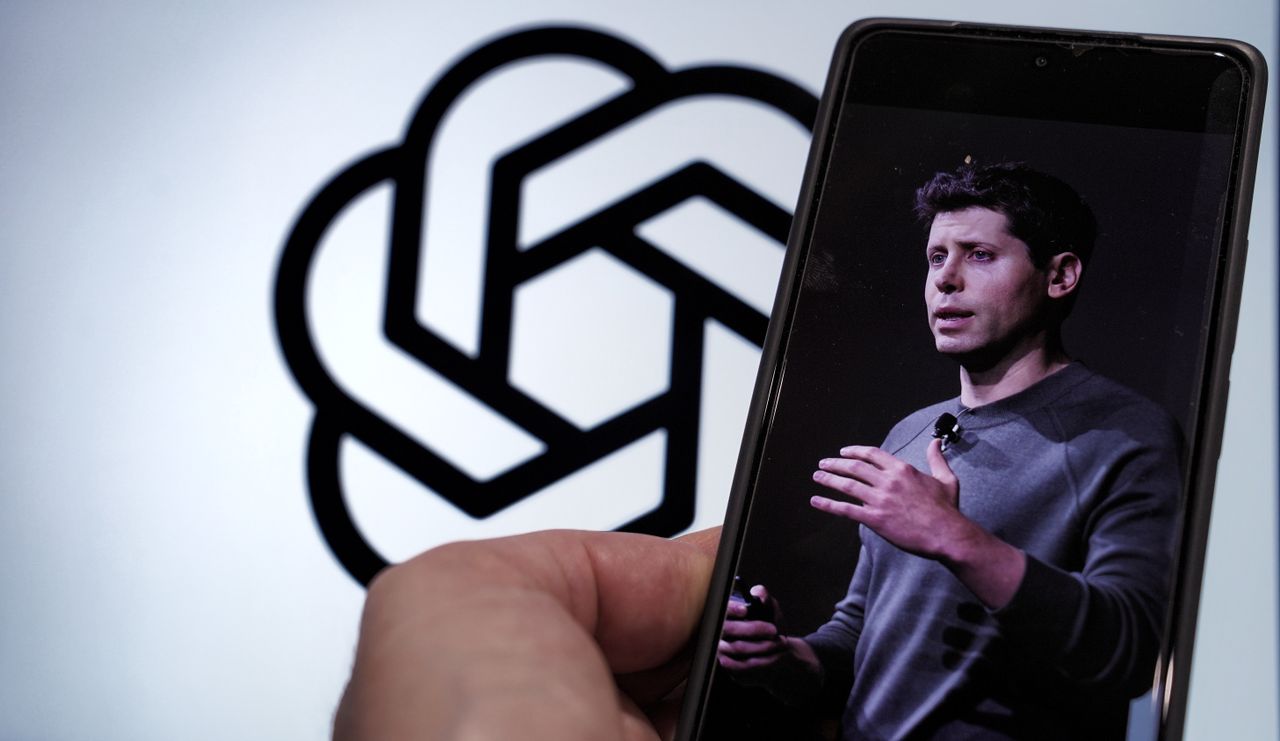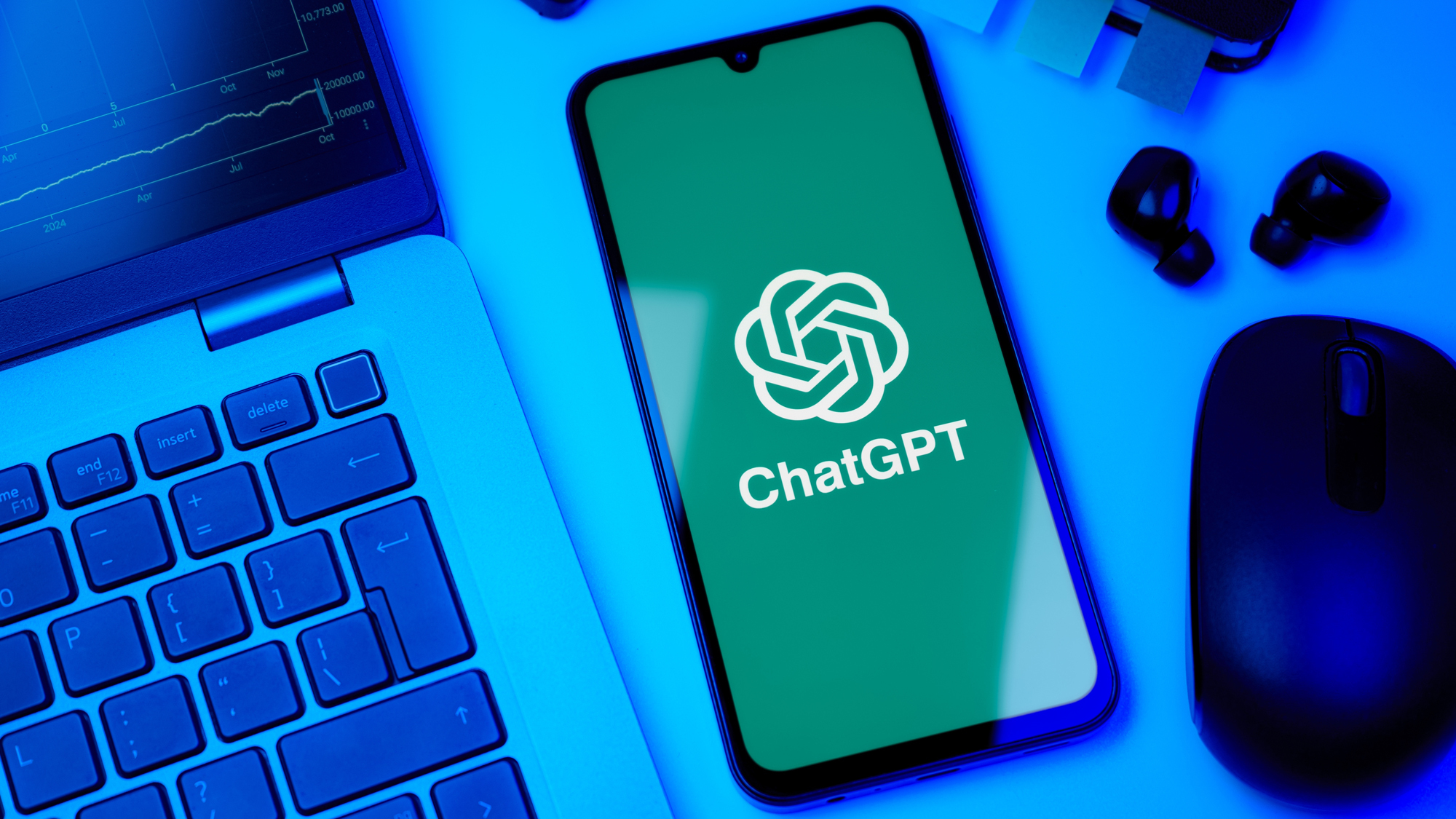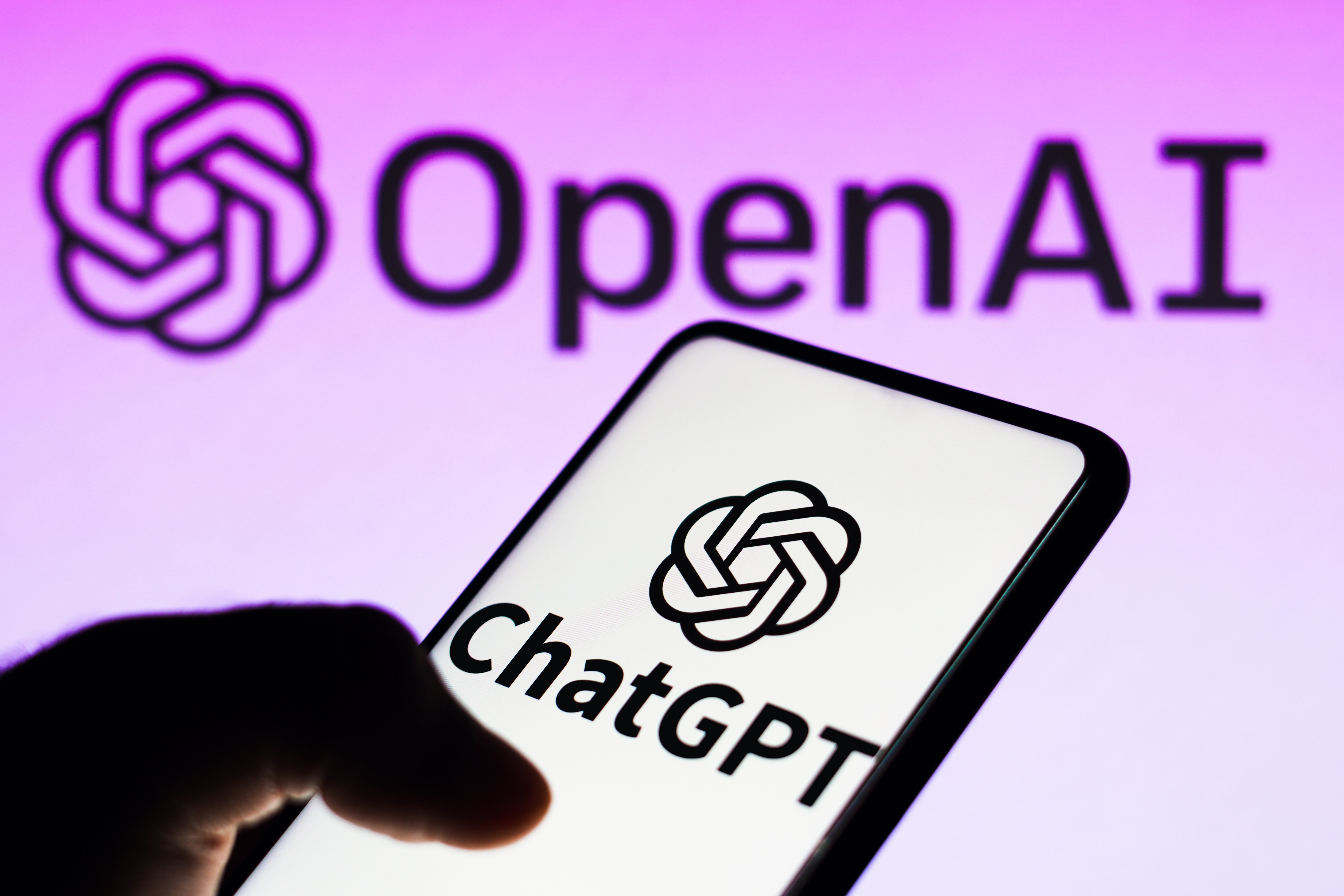
OpenAI is introducing a new capability for ChatGPT designed to help users manage complex, multi-step tasks. The feature, called ChatGPT agent, is now available to Pro, Plus and Team users, and enables the AI to complete assignments from start to finish using a virtual computer.
With the agent mode activated, users can ask ChatGPT to perform tasks such as:
- Review a calendar and summarize upcoming meetings with relevant context
- Plan a recipe and purchase ingredients for a meal
- Analyze competitors and compile a slide deck
Unlike typical chatbot interactions that involve generating text, the agent can navigate websites, securely log in with user permission, run code, compile research into spreadsheets or slides and deliver outputs in editable formats.
Users retain control throughout the process, with ChatGPT requesting explicit approval before submitting forms or handling sensitive information.
What powers the ChatGPT agent
The new capability builds on OpenAI’s previous tools by combining:
- Operator – for web navigation and site interaction
- Deep research – for synthesizing information across sources
- ChatGPT's core model – for natural language understanding and reasoning
Together, these components enable the AI to transition between reasoning and action, completing tasks in a more autonomous and organized way while still prompting users when clarification or approval is needed.
How to access agent mode

To enable the feature, users can open any ChatGPT conversation and select ‘agent mode’ from the tools dropdown.
Once active, the system can carry out multi-step workflows that typically require switching between apps, browser tabs or tools.
Focus on safety and user control

OpenAI has emphasized the safety systems built into this release. The ChatGPT agent is designed to avoid high-risk actions, such as sending emails, making purchases or offering legal or financial advice, without user approval.
It has been trained to recognize and reject malicious or ambiguous instructions, and it alerts users to any uncertainty or potentially sensitive actions.
To further reduce risks, OpenAI has implemented a range of safeguards, including always-on classifiers, refusal training for dual-use scenarios and enforcement pipelines to prevent misuse, particularly in areas involving biological or chemical threats.
These protections reflect OpenAI’s broader Preparedness Framework, which prioritizes caution even in the absence of direct evidence that the model could enable harmful activity.
“We don’t have direct evidence the model could help a novice create severe biological or chemical harm,” OpenAI noted, “but we are exercising caution.”
What’s ahead

According to OpenAI, this release is an early step in expanding agentic AI capabilities. The company plans to regularly add new features and improvements over time, with the goal of making ChatGPT more versatile and useful for a broader set of users.
Whether for summarizing meetings, conducting research or preparing presentations, ChatGPT’s new agent functionality signals a shift from conversational assistance to hands-on task execution. Fortunately, oversight and control remain in the user’s hands.
Follow Tom's Guide on Google News to get our up-to-date news, how-tos, and reviews in your feeds. Make sure to click the Follow button.







